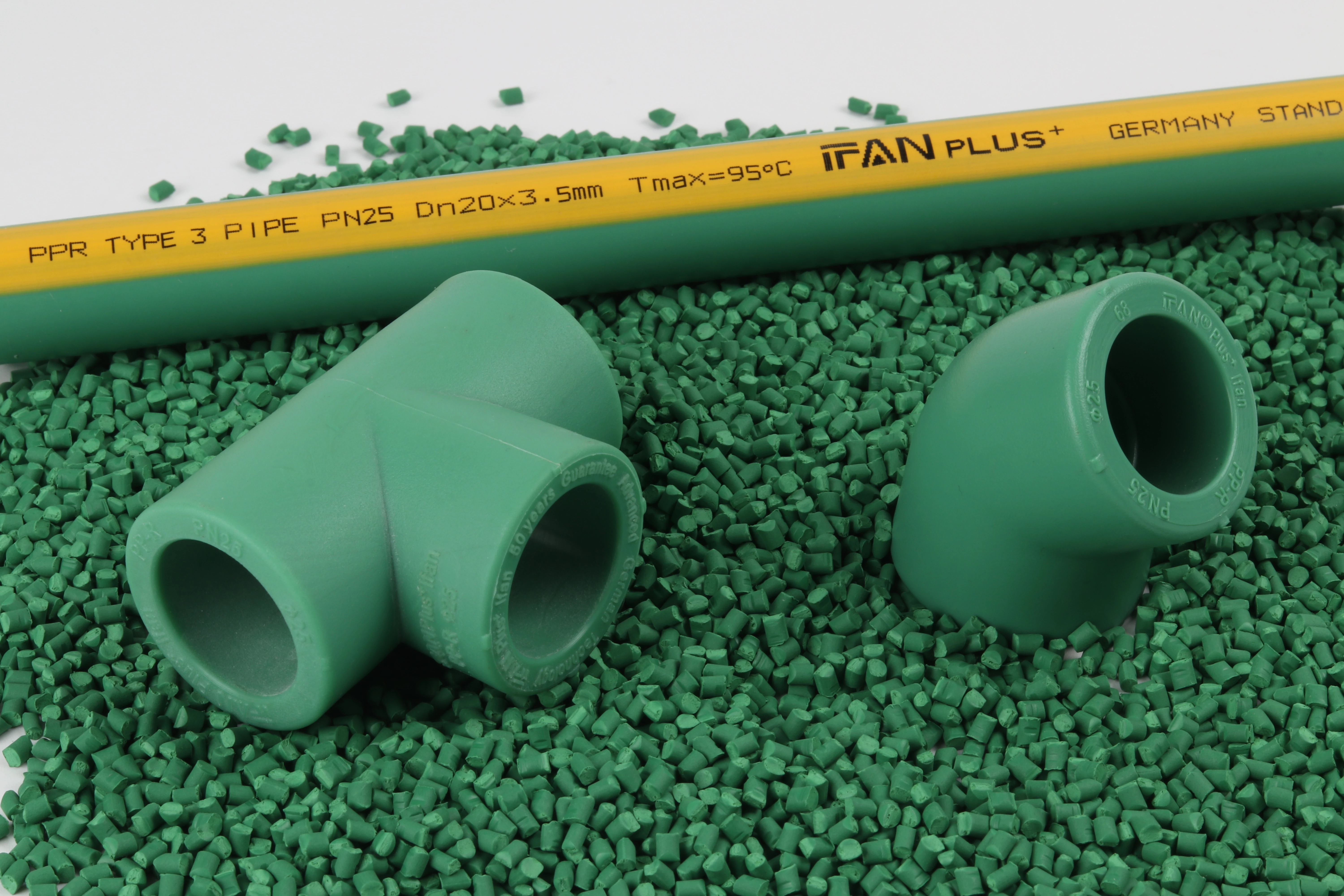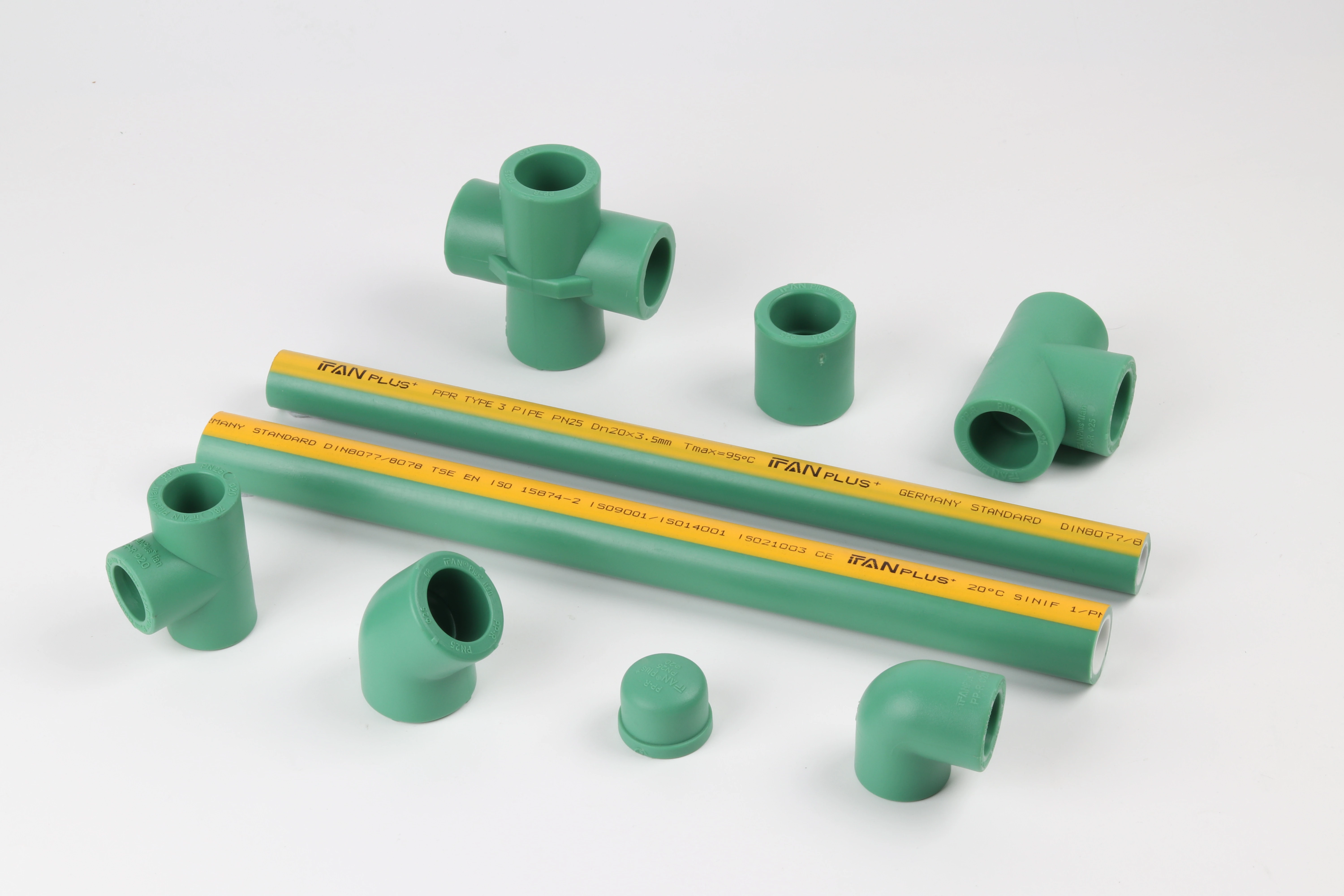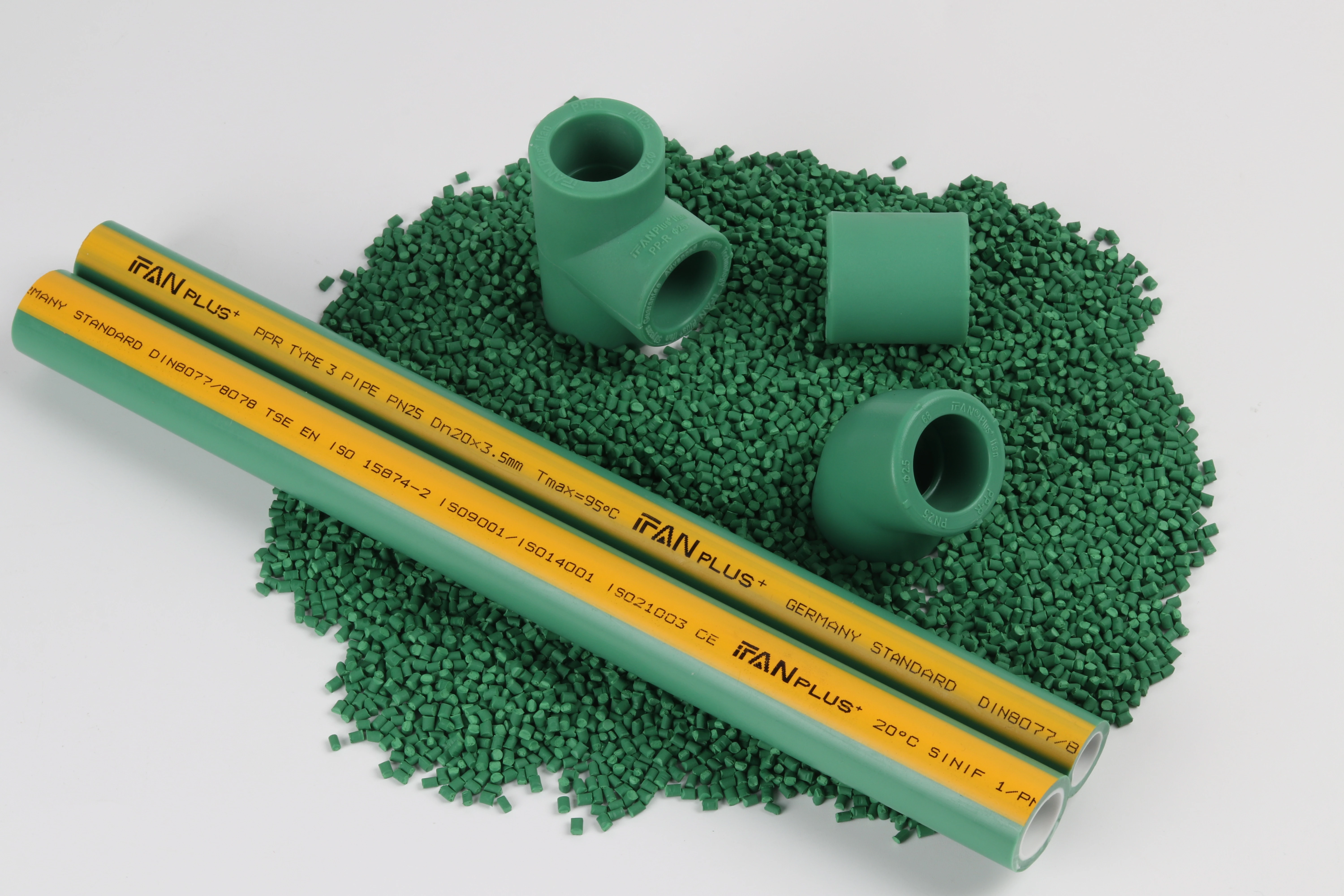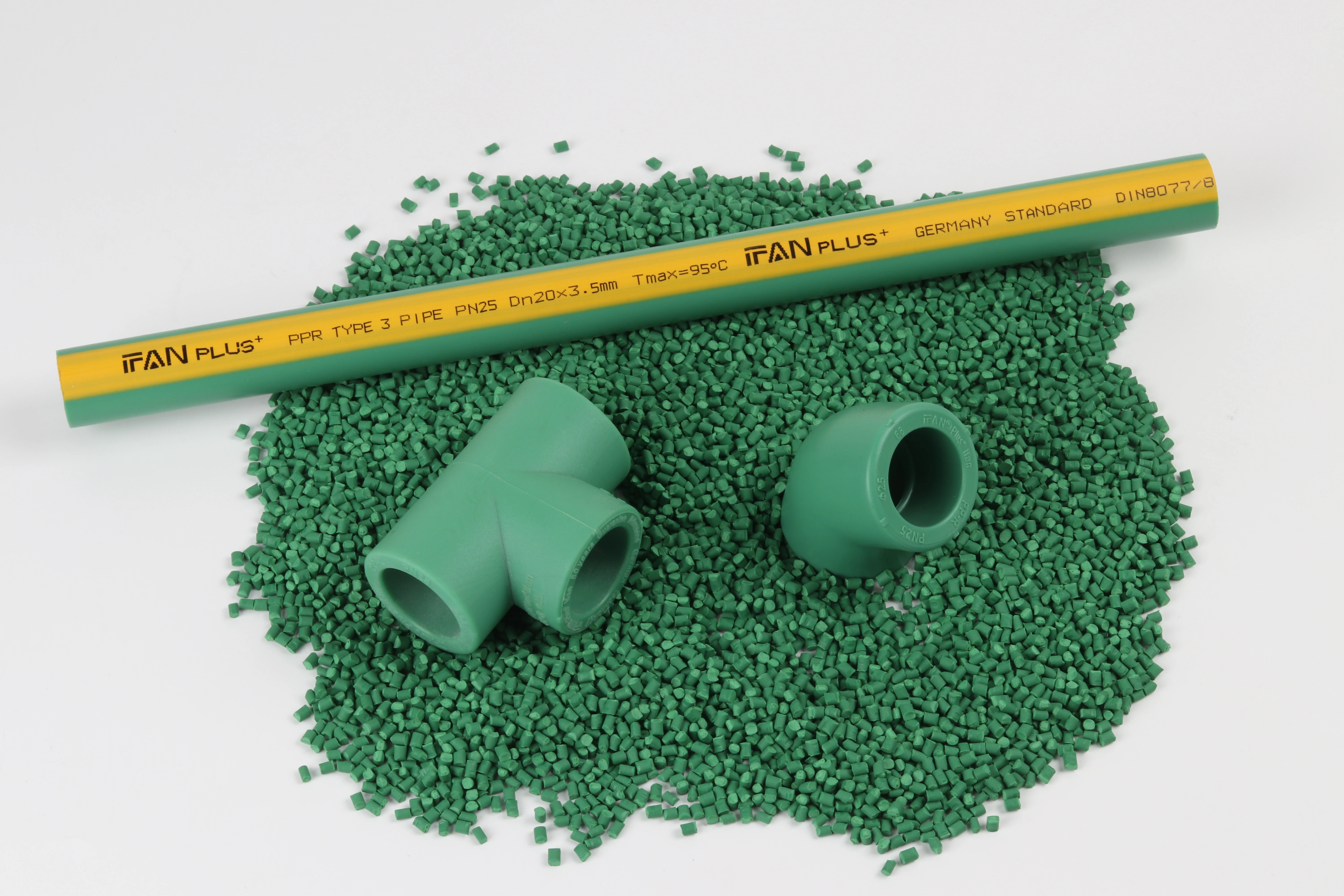During a recent industrial project, I encountered a situation where incorrectly specified PPR pipes led to premature system failure. The client had chosen PPR80 pipes for a high-temperature application that required PPR100, resulting in costly replacements and production downtime. This experience reinforced the importance of proper PPR pipe selection.
Choosing between PPR pipe types requires understanding material grades, dimensional standards, certification requirements, and cost-performance balance. PPR100 offers superior pressure resistance and temperature tolerance compared to PPR80, while proper SDR selection ensures optimal wall thickness for your specific pressure requirements and budget constraints.
Making the right choice involves evaluating multiple technical factors alongside practical considerations. Let’s explore the key differences and selection criteria that will guide you toward the optimal PPR pipe choice for your project.
What Are the Key Differences Between PPR80 and PPR100 Pipe Grades?
I recently consulted on a hospital project where we conducted accelerated aging tests on both PPR80 and PPR100 pipes. The results clearly demonstrated why grade selection matters for long-term performance, particularly in critical applications where failure is not an option.
PPR100 pipes have higher pressure resistance and better temperature performance than PPR80 due to their superior material composition and manufacturing process. While PPR80 works adequately for standard cold water applications, PPR100 provides enhanced durability for hot water systems and industrial applications with higher operational demands.

Material Composition and Performance
The fundamental differences between these grades stem from their material properties:
PPR80 Characteristics
PPR80 (Polypropylene Random Copolymer Type 2) represents the standard grade with good all-around performance. It maintains pressure ratings up to 80°C continuous operation and demonstrates adequate impact resistance for most residential applications. However, its molecular structure has limitations under sustained high-temperature conditions.
PPR100 Advantages
PPR100 (Polypropylene Random Copolymer Type 1) features a more advanced polymer formulation with several key benefits:
- Higher crystalline structure for improved temperature resistance
- Better molecular bonding for increased pressure capacity
- Enhanced chemical resistance to aggressive water conditions
- Superior long-term hydrostatic strength
Application-Specific Recommendations
Choosing between these grades depends largely on your specific needs:
| Application Scenario | Recommended Grade | Key Reason | Expected Lifespan |
|---|---|---|---|
| Residential cold water | PPR80 | Cost-effective performance | 40-50 years |
| Residential hot water | PPR100 | Temperature resistance | 40-50 years |
| Commercial plumbing | PPR100 | Higher safety margin | 30-40 years |
| Industrial systems | PPR100 | Chemical/thermal stability | 20-30 years |
How Does Pipe Dimension and SDR Rating Affect PPR Selection?
A plumbing contractor once ordered PPR pipes based solely on nominal diameter without considering SDR rating, resulting in under-specified pipes that couldn’t handle the system’s pressure requirements. The subsequent failure highlighted how dimensional standards directly impact performance.
Pipe dimensions and SDR (Standard Dimension Ratio) ratings determine pressure capacity, with lower SDR numbers indicating thicker walls and higher pressure ratings. Selecting the correct SDR ensures your pipes can handle system pressures while avoiding unnecessary material costs from over-specification.
Understanding SDR and Pressure Relationships
The SDR system provides a standardized approach to pipe strength:
SDR Calculation and Meaning
SDR represents the ratio of pipe outside diameter to wall thickness (SDR = D/s). Common PPR SDR ratings include:
- SDR 6: Maximum working pressure 20 bar at 20°C
- SDR 7.4: Maximum working pressure 16 bar at 20°C
- SDR 11: Maximum working pressure 12.5 bar at 20°C
Temperature De-rating Considerations
All PPR pipes experience reduced pressure capacity at elevated temperatures:
- PPR80 SDR11: 12.5 bar at 20°C, 6.5 bar at 60°C, 4.5 bar at 80°C
- PPR100 SDR11: 12.5 bar at 20°C, 7.0 bar at 60°C, 5.0 bar at 80°C
Selection Guidelines for Different Applications
Matching SDR to application requirements ensures optimal performance:
Residential Applications
For standard residential plumbing, SDR11 typically provides the best balance of cost and performance. It handles typical household pressures of 4-6 bar with substantial safety margins while remaining cost-effective and easy to install.
Commercial and Industrial Applications
Higher-pressure systems may require SDR7.4 or even SDR6 pipes. These thicker-walled pipes withstand greater mechanical stress and offer better resistance to water hammer and pressure surges common in larger buildings.
Specialized Applications
For underground installation or applications with external loads, lower SDR pipes provide the necessary crush resistance and durability against environmental stresses.
Which Certifications Should You Consider When Choosing PPR Pipes?
We once rejected an entire shipment of PPR pipes that lacked proper certification, despite the manufacturer’s claims of quality. Subsequent testing revealed material inconsistencies that would have caused premature failure, validating our strict certification requirements.
Essential PPR pipe certifications include ISO 15874 for material quality, NSF/ANSI 61 for drinking water safety, and regional marks like DVGW (Germany) and WRAS (UK) for local compliance. These certifications provide independent verification of material safety, performance characteristics, and manufacturing consistency.
International Certification Standards
Understanding key certifications ensures material quality:
ISO 15874 Certification
This international standard specifies requirements for PP piping systems:
- Defines material properties and test methods
- Establishes quality control procedures
- Provides performance benchmarks for different grades
- Ensures global compatibility and performance standards
NSF/ANSI 61 Compliance
This crucial certification addresses health effects:
- Verifies materials don’t leach harmful substances
- Tests for heavy metals and chemical contaminants
- Confirms safety for potable water applications
- Requires regular retesting for maintained certification
Regional Certification Requirements
Different markets have specific certification needs:
| Region/Market | Key Certifications | Special Requirements |
|---|---|---|
| European Union | DVGW, KIWA, WRAS | Additional migration testing |
| North America | NSF, ASTM, UPC | Lead-free requirements |
| Middle East | SASO, QMS | Often accept European standards |
| Asia | GB/T (China), JIS (Japan) | Local testing requirements |
What Are the Cost Versus Performance Trade-offs Between PPR Types?
A budget-conscious developer initially selected PPR80 pipes throughout a residential complex, but our lifecycle cost analysis demonstrated that upgrading to PPR100 for hot water lines would yield better long-term value despite higher initial investment.
PPR100 pipes typically cost 15-30% more than PPR80 but offer 20-40% longer service life in hot water applications, creating better long-term value. Similarly, lower SDR pipes cost more initially but provide higher pressure capacity and durability, reducing maintenance and replacement costs over time.
Initial Cost Analysis
Understanding the cost structure helps informed decision-making:
Material Cost Differences
The price variation between PPR types stems from:
- Raw material quality and processing requirements
- Manufacturing complexity and quality control
- Certification testing and compliance costs
- Brand reputation and market positioning
Installation Cost Considerations
Some PPR types affect installation expenses:
- Thicker-walled pipes (lower SDR) require longer fusion times
- Higher-grade materials may need specialized welding parameters
- Proper installation of premium pipes demands trained technicians
Lifecycle Cost Evaluation
Considering long-term value reveals different perspectives:
Maintenance and Replacement Costs
Higher-quality PPR pipes significantly reduce:
- Frequency of repairs and associated labor costs
- System downtime and disruption expenses
- Premature replacement material and installation costs
- Water damage risk from pipe failures
Performance and Efficiency Benefits
Premium PPR grades offer intangible benefits:
- Consistent flow characteristics over time
- Reduced energy loss through better insulation properties
- Lower pressure drop maintaining system efficiency
- Resistance to scaling and corrosion
Decision Framework for Different Budgets
A structured approach ensures optimal choices:
Budget-Constrained Projects
For limited budgets, prioritize critical applications:
- Use PPR100 only for high-temperature lines
- Select PPR80 for cold water applications
- Consider mixed-grade systems for optimal value
- Invest in quality installation regardless of material grade
Value-Optimized Selection
For balanced cost-performance ratio:
- Standardize on PPR100 for entire hot water systems
- Use PPR80 for cold water drainage and non-critical applications
- Select SDR based on actual pressure requirements
- Invest in proper certification verification
Performance-Focused Projects
For critical applications where failure is unacceptable:
- Specify PPR100 throughout the system
- Choose lower SDR ratings for increased safety margins
- Require comprehensive certification packages
- Implement rigorous quality control during installation
Conclusion
Choosing between PPR pipe types requires balancing technical requirements, certification standards, and budget constraints while considering both immediate costs and long-term value. By understanding the performance differences between PPR80 and PPR100, the implications of SDR ratings, the importance of proper certifications, and the true lifecycle costs, you can make informed decisions that ensure system reliability and optimal return on investment.













Commentaires récents